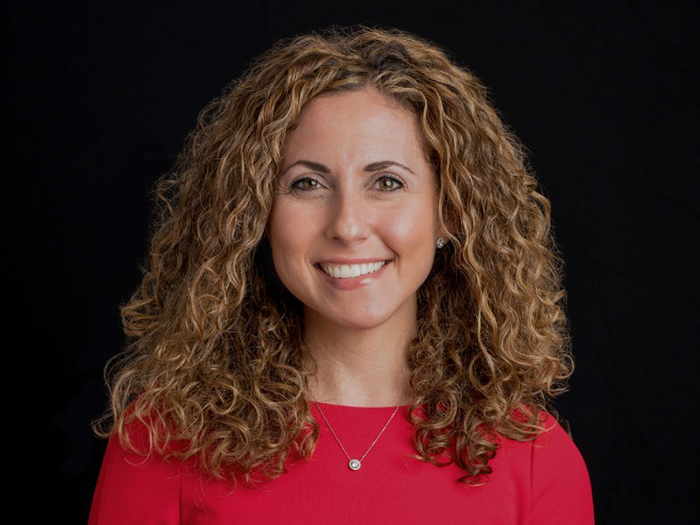The Urge to Merge
If history teaches us anything, it is that trends are cyclical. This is true whether the trends are social, political or economic in nature. One trend that is immediately recognizable to denizens of the property/casualty industry is the perpetual pendulum of mergers and conglomeration versus that of divestiture or spin-offs.
In the former, companies acquire other organizations to augment their perceived value and revenue. In the latter situation, they conclude that the organization will be more successful focusing their expertise upon the niche that originally brought them riches, and shed subsidiary companies.
At the present time, the property/casualty industry seems to be enthralled with acquiring and combining organizations. The combination of Progressive and PMSI, OneCall and Align Networks, and Examworks and Gould & Lamb, are but a few recent examples of this example in the workers’ comp arena. The perpetual question (of private investment firms, as well as the rest of the market) is whether the “best in breed” model trumps “one-stop shopping” or vice versa. Presently, the smart money appears to be betting on the “one-stop shop” paradigm.
This recent trend is much more than simply an academic issue. Private equity organizations are betting significant assets that the combination of providers of services such as physical therapy, pharmacy benefit management, diagnostic imaging, nurse case management, durable medical equipment sales, Medicare set-asides, etc. will attract much greater revenue opportunities among payers. The overarching theory that presently holds sway is that adjusters would rather deal with an “all-in-one” vendor than separate “best-in-breed” companies that specialize in one particular area.
Although the theory of “bigger and more diverse” is presently holding sway in the minds of investors, it is not necessarily the case in the perception of the payers. There are several reasons for this that must be taken into consideration.
The adjusters who refer cases generally do not have the luxury of choosing the subcontractors they use on claims. This approved subcontractor list usually is vetted and assembled by the inhabitants of the payer’s “C” suite, which controls everything from the list of defense attorneys to utilize to PBM use, as well as vocational rehabilitation vendors, physical therapy network use, and nurse case managers. Once a vendor is on the list of any particular payer, that organization must prove itself to the adjusters in multiple ways.
Quality of service and responsiveness is critical. However, ease of assignment is also crucial. The ability to effect Internet assignment via computer looms larger with each passing year. The prior model of vendors placing “feet on the street” to encourage assignments is less important in these days of strict ethical and moral business behavior mandates placed on the adjusters by the majority of employers, which proscribe even the acceptance of business lunches from vendors.
Just because an organization excels in one area, it doesn’t immediately translate to other areas. Acquisitions of other “ne plus ultra” quality providers can minimize such concerns, but acquisitions and consolidations often have the impact of attempting to amalgamate and then dissipate individuals in the acquired companies to cut expenses and “streamline” the organization. More often than not, this disrupts many of the pre-existing client relationships of the acquired company.
Increasingly, the growth of revenue in the property/casualty area is a zero sum game. Revenue growth often does not take place unless it is obtained from other vendors already in the space.
It is speculative to assume that a combination of organizations will yield an increase in market share that exceeds the pre-merger combination of both vendors. Adjusters routinely are told that mergers and acquisitions will have no impact on quality of service and existing relationships. In many cases, this is pure chimera. Corporate mergers always have an impact of some sort, and often this is not of a positive nature. Mergers can actually result in a drop-off in clients and revenue so that the combined revenue of the companies is less than it was when measured against the pre-merger amount of the separate organizations. However, this is not what the equity companies sponsoring the buyouts want to consider. But it should be noted as a consideration in any business.
The competition in any market these days is fierce. That goes double for the dollars in the lucrative property/casualty/workers’ comp marketplace. Margins of successful organizations in this vendor space are often truly impressive. This acts like a magnet for private equity organization investment. These organizations have many times made millions on many investments. But there have also been tremendous failures. The salient issue is not only to invest in the correct opportunities, but to insure that acquisitions are led by the most effective leadership team who know how to parlay a merged organization to realize growth in excess of what any part of the company could have earned prior to the amalgamation.
Keep your eyes open and your ears up. The acquisition and merger trend is in full bloom in the property/casualty marketplace. It will play out on a public stage and everyone will ultimately know the winners and losers in this round.










